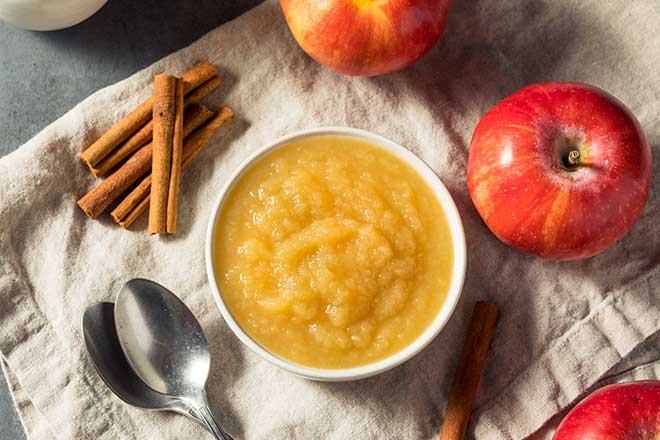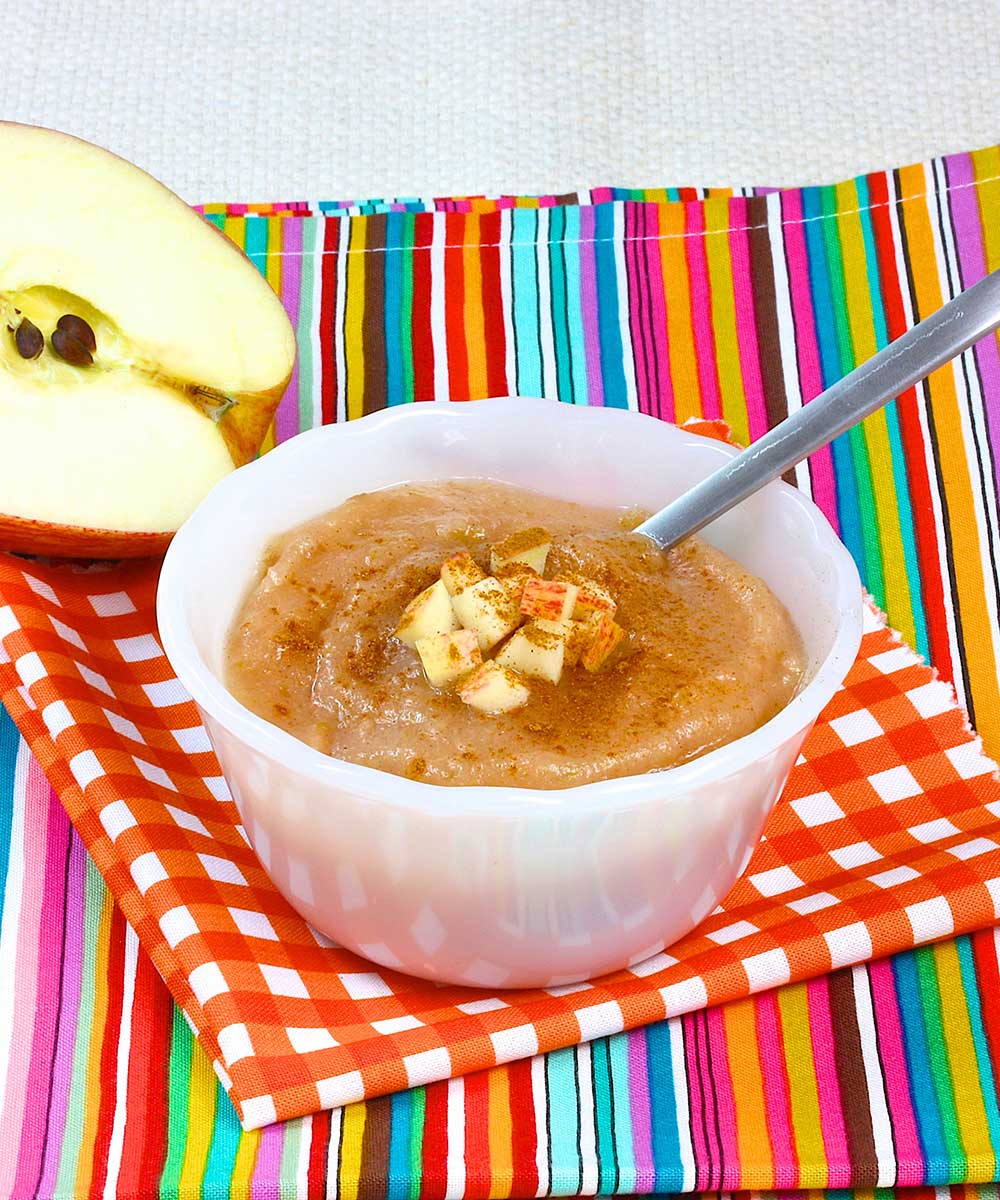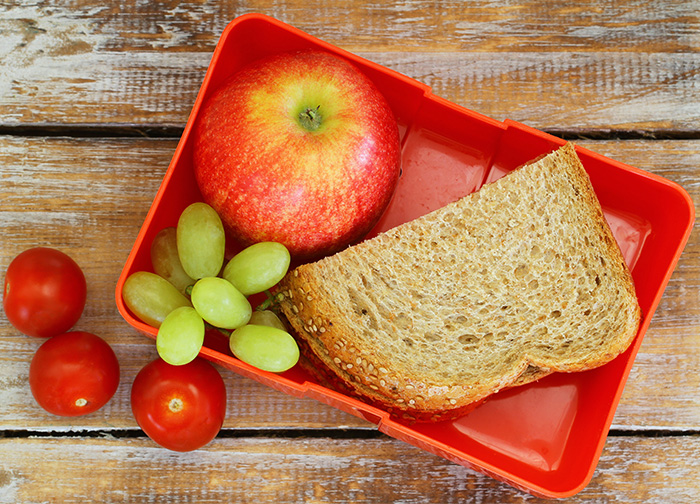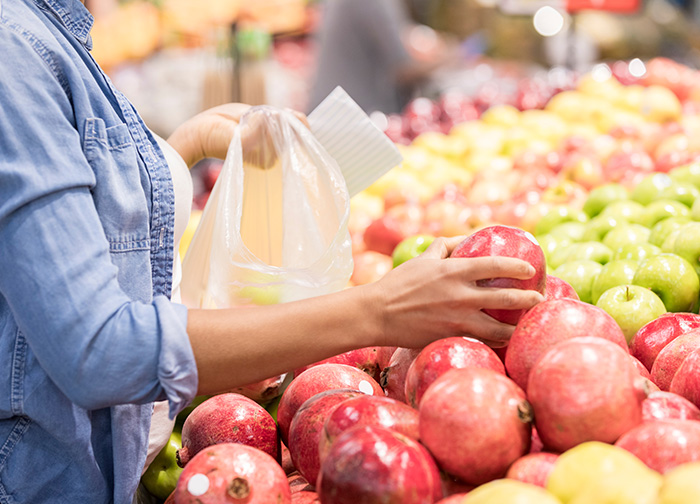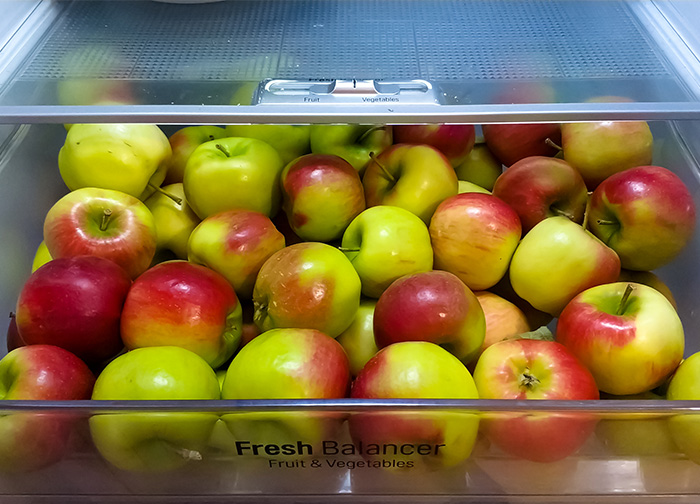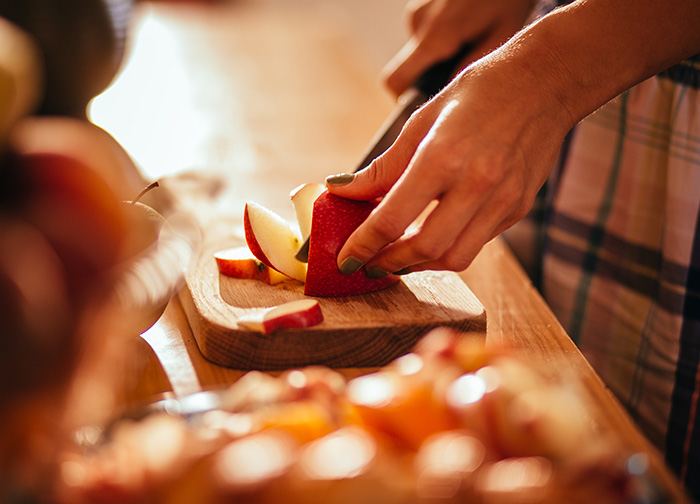Juicy, crunchy, sour, or sweet, apples in autumn are the perfect family treat! Whether you bake them in a pie, slice them for a lunch box snack, or use them for our easy applesauce, apples pack great nutrition into every delicious bite. One medium apple has just 95 calories and 4 grams of filling fiber, and now that they’re in season, their flavor is at its peak.
Most of the vitamins, minerals, and fiber found in apples is actually in the peel, so we leave the peels on for this simple, stovetop recipe. Once blended, the cooked peels virtually disappear. Sweet soft apples such as McIntosh and Gala work best in this naturally sweet applesauce, and their red peels add a nice rosy color.
